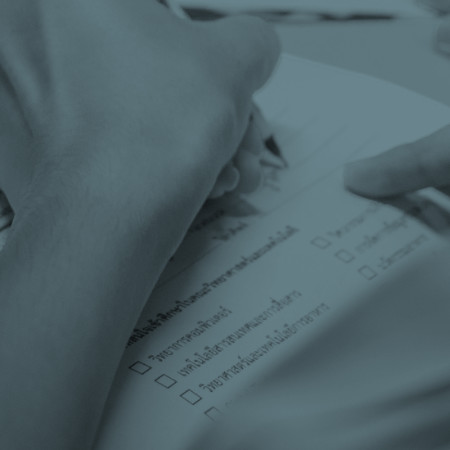Exhibit documents are fundamental in the U.S. legal context, and sometimes these documents are written in different languages.
Translation helps in the easy conveyance of information from one language to another, but what characterizes a good translation of exhibit documents, and how is it done?
Let’s dive into the details!
What Characterizes a Good Document Translation?
A good translation is accurate, culturally relevant, and maintains the intent of the original document.
Accuracy in translation means that content must be translated precisely with no omissions or alteration of information.
Cultural relevance would allow that adequate adaptation of idioms, references, and terminologies are in order for the intended audience.
The intent and tone mean interpretation should convey the message of the original text and elicit its feelings.
How Is It Done?
Overall, the process of translation for exhibit documents is complex, involving the following key steps:
- Initial Review: The translator reviews the document for its content, context, and purpose.
- Translation: The translator converts the source text into the target language, ensuring its accuracy and cultural relevance.
- Editing and Proofreading: Another linguist reviews the translation to correct any errors and further refine the text.
And finally, the certification process confirm the accuracy and genuineness of the translation, typically through legal entities or institutional procedures, as may be required in legal or official use.
Importance of Certification
Certification presents an assurance of accuracy and authenticity.
In legal contexts, certified translations are often mandatory if a document is to be taken into consideration and regarded officially.
A translator must declare that their translation is accurate and complete—what generally is called a certified translation—and this declaration normally is sworn before a Notary.
How Lenguae Can Help
Lenguae provides quality translation services for exhibit documents.
Our experienced team of translators ensures that all of your documents are accurately and culturally appropriately translated.
We also provide certified translations to put your mind at ease about the acceptance of the documents by any kind of official body.
By choosing Lenguae, you get the benefit of a strict translation process, attention to detail, and the commitment to excellence.
Whether it be for a legal process, business expos, or an academic presentation, we take care that your exhibit documents are translated as accurately and in as professional a manner as possible.
Conclusion
Translation of exhibit documents is an intricate procedure that requires accuracy, cultural relevancy, and certification.
A good translation maintains the intent and tone of the document being translated in order to ensure perfect communication across languages.
With Lenguae’s top-notch services, be assured that your exhibit documents will get the best translations to realize your goals effectively.
Reach out to Lenguae today for inquiries on how we can help with your translation projects.







